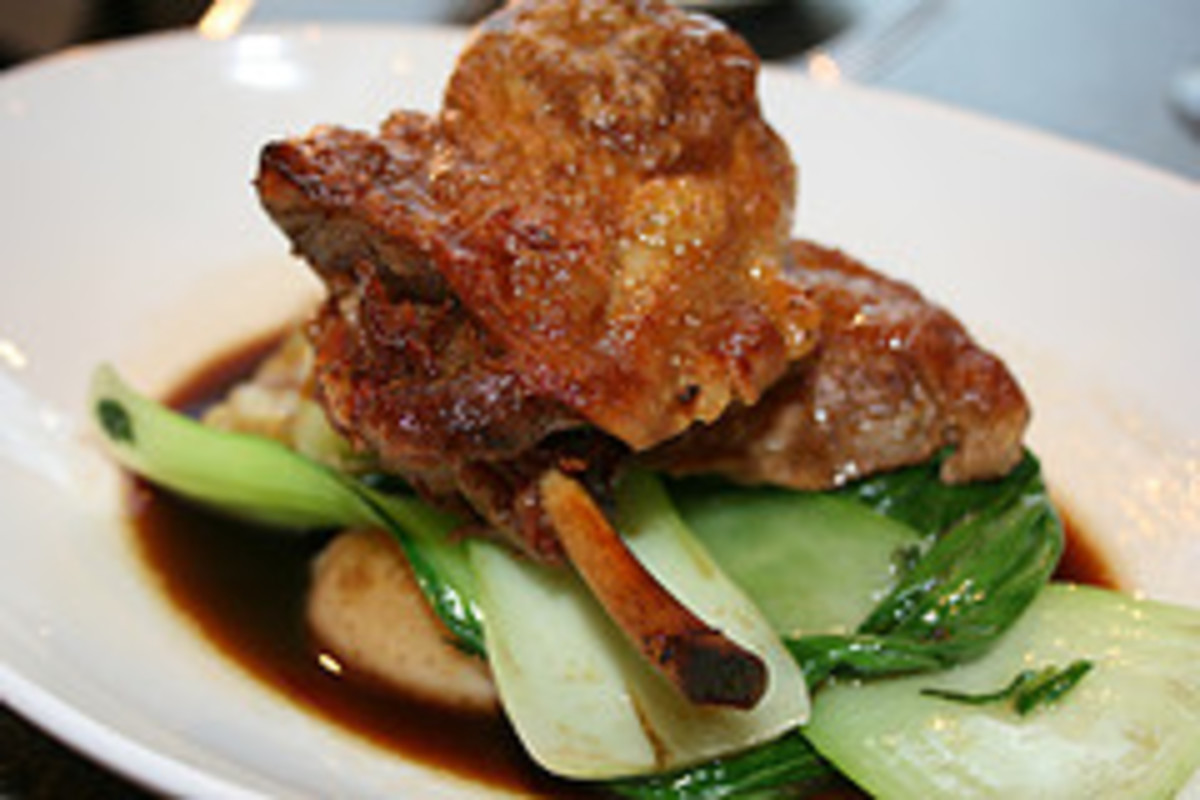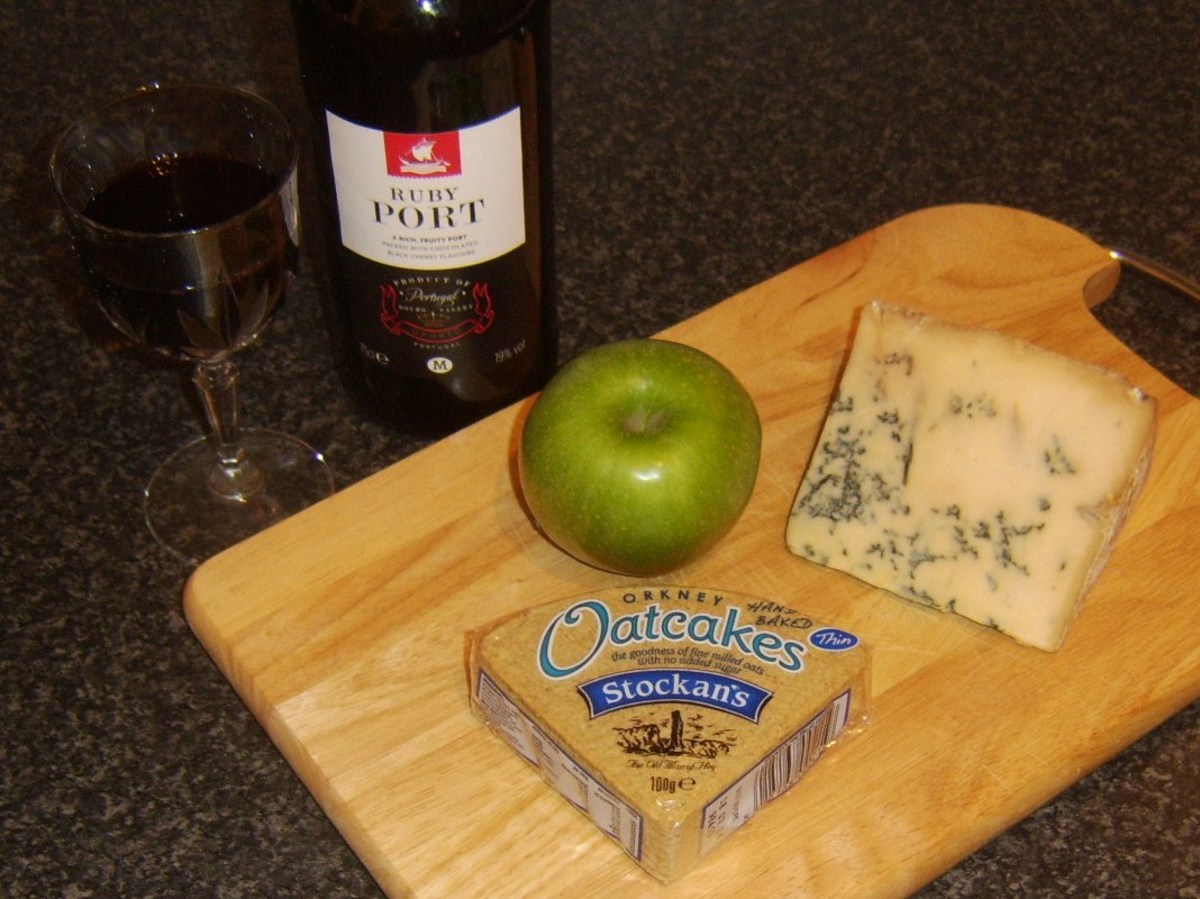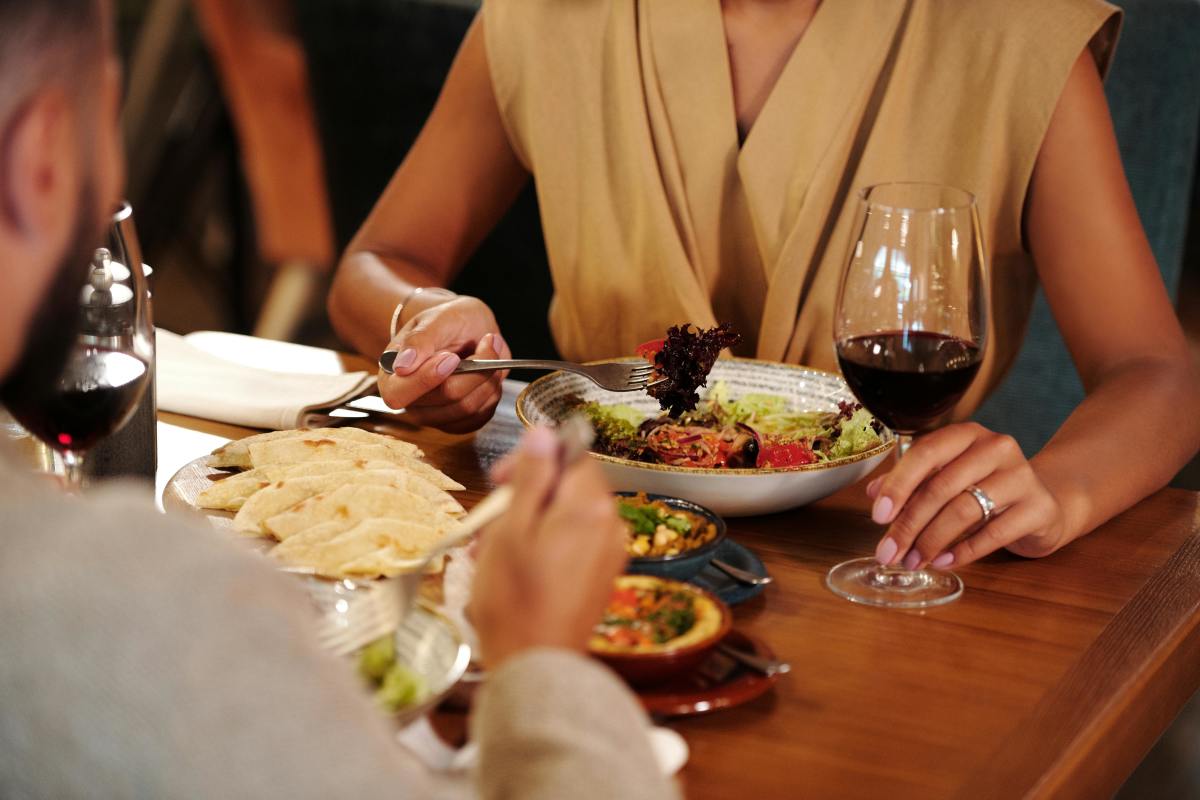Pinot Noir - A High Maintenance Wine that is Well-Worth the Effort

Pinot Noir – A High Maintenance Wine that is Well-Worth the Effort
The sensual, rich flavors of a great Pinot Noir make this challenging grape well worth the effort it commands. I recently read the following quote by vintner, Josh Jensen, which adequately sums up the process of making a great Pinot, “They called it the heartbreak grape because it was so stubborn, so particular, so elusive, so damn difficult to get right. And also because when it was at its best it made the most sublime wine of all. The heartbreak grape? You cannot break a heart without having captured it first.”
Most vintners model their brand of Pinot Noir after the perfect grape, grown on terraced hillsides in Côte d’Or in Burgundy, France, where the weather is often cool and wet. Due to the inconsistent weather conditions, the wine produced can also be inconsistent, which is why it is often more expensive than other types of wine.
The grapes used in Pinot Noir fare best in cooler conditions, so coastal states such as California and Oregon, which manufacture excellent Pinot Noirs, are able to do so because they have mastered the art of mimicking the perfect conditions. Their grapes are grown in wind-swept areas off the coast that are protected from excessive heat. The best Pinot Noirs outside of Burgundy, France come from Napa Valley, Sonoma, Santa Barbara and Mendocino, California and Williamette Valley, Oregon.
Pinot Noirs are beloved for their earthy aromas and complex flavors. Typical aromas and flavors include black cherry, smoke, vanilla, raspberry, blackberry, strawberry, licorice, pomegranite, plum, clove, coffee and oak, to name a few.
Unlike Chardonnay, Pinot Noir is relatively easy to pair with food because the subtle variations make it appealing to a wide range of palates including those with an appreciation for delicate flavors, spicier foods, and smoked or highly seasoned dishes. Pinot Noirs can be enjoyed when young or aged and even continue to age well after being bottled. Many wines will age perfectly from three to six years after bottling.
In order to successfully pair Pinot Noir with food, it is important to consider the proper “bridge” ingredients. “Bridge ingredients are those that help to marry the wine to the food by enhancing the body and taste of each. Bridge ingredients that work well with Pinot Noir include berries, truffles, pesto, black beans, roasted red peppers, roasted garlic, mushrooms, Dijon mustard, cinnamon, ginger, mint, basil, lavender, rosemary and sun-dried tomatoes. Due to its versatility, Pinot Noir can easily be paired with most meats, seafood such as salmon and ahi tuna, and vegetarian dishes.
Try this recipe with your Pinot Noir and you’ll see why the proper wine pairing with food is so incredibly pleasing to the palate.
GRILLED AHI TUNA WITH GINGER – BLACK BEAN SAUCE
From The Wine Lover’s Cookbook, by Sid Goldstein
MARINADE INGREDIENTS
- ¼ c. soy sauce
- ¼ cup sake or dry white wine
- 1 tbsp toasted sesame oil
- 2 tbsp seasoned rice wine vinegar
- 2 tbsp chopped fresh ginger
- 2 ½ tbsp minced green onions
4 Ahi Tuna Steaks
SAUCE INGREDIENTS
- 1 ½ tbsp chopped shallots
- 3 tbsp peeled and chopped ginger
- 2 tbsp vegetable oil
- 1 ½ cups Pinot Noir or other light bodied red wine
- 1 ¾ cups fish or chicken stock
- 2 ½ tbsp whole fermented black beans, rinsed in cold water,
- OR 1 tbsp Chinese black bean sauce
- 2 tsp rice wine vinegar
- 1 tsp wasabi powder mixed with 1 tsp cold water
- ½ tsp cornstarch mixed with ½ tsp cold water
- ¼ cup chopped cilantro
- 2 tbsp unsalted butter at room temperature (optional)
GARNISH
- Toasted sesame seeds
- Cilantro sprigs
In medium mixing bowl, combine soy sauce, sake, sesame oil, vinegar, ginger, and green onions with a whisk. Place ahi in large, sealable plastic bag, add marinade and refrigerate for 1 to 2 hours. Turn occasionally.
To make sauce, in a medium sauce pan over low-medium heat, sauté shallots and ginger in oil for 2 to 3 minutes. Add wine and increase heat to boil briefly. Reduce heat and simmer until liquid is reduced by ¾. Add stock, black beans, vinegar and wasabi and reduce by half. Remove from heat, strain liquid, and discard solids. Return liquid to the pan, add cornstarch mixture and cilantro and reduce to thicken slightly. Whisk in butter. Keep sauce warm off direct heat.
Grill ahi over very hot coals for 2 to 3 minutes. Turn and cook for an additional 1 to 2 minutes. Do not overcook or the beautiful red meat of the fish will become chewy; ahi should be very rare inside. Remember that top-quality ahi is served raw in sushi bars. Cut ahi into thin slices.
To serve, spoon finished sauce onto plates and place sliced ahi on top. Sprinkle with sesame seeds and garnish with cilantro. Serve with Jasmine rice and Chinese style vegetables.
More Great Hubs
- Chardonnay: A Delicate Yet Challenging Wine
Chardonnay A Delicate Yet Challenging Wine Chardonnay, it can be argued, is the most popular white wine in the world. In the United States alone, we consume 24 million cases per year. That is equal to... - Party Sangria Recipes
All About Sangria Sangria originated in Spain and Portugal as a party beverage and is traditionally served as a cool, refreshing summer beverage. Europeans do not typically order Sangria at the bar if... - Perfect Martini Recipes
In Search of the Perfect Martini If youre like me, you love a good martini. Many establishments now feature martini flights just like they do with fine wines. A flight, for those that are not familiar...










